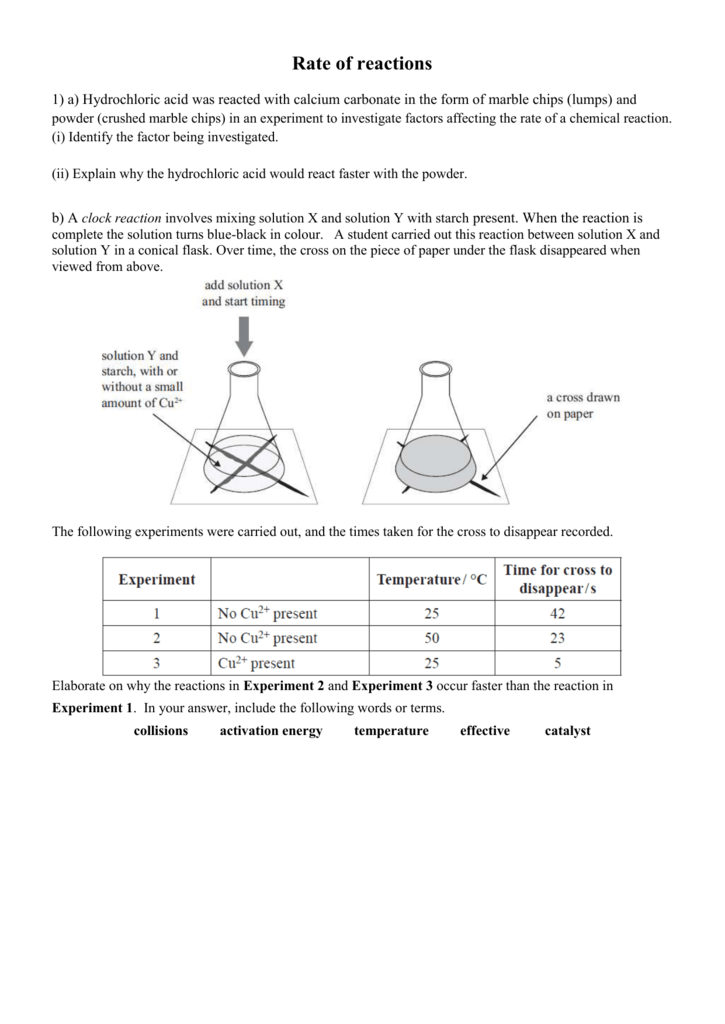Marble is made of calcium carbonate caco3 which is also what limestone is made from.
What are marble chips used for in chemistry.
Pour the acid into the conical flask and add the marble chips 5.
Limestone crystals are much smaller than that of marble and limestone is much more porous.
Marble chips work best when used in paths and patios as a substitute for gravel.
First you measure out 25cm3 of hydrochloric acid 2.
Secondly weight out 3 grams of marble chips for each concentration 3.
Marble chips are mostly made up of calcium carbonate which is a alkaline compound.
Don t use marble chips as mulch around plants that prefer acidic soil.
White marble chips are also very high in ph and will leach into the soil over time making it more alkaline.
The exact chemical composition of marble will greatly vary dependong on the location and the minerals or impurities present in the limestone during recrystallization.
White marble chip mulch can be laid directly on the soil but it s much easier to manage if a sheet of gardening fabric is put down first.
38 42 lime cao 20 25 silica sio2 2 4 alumina al2o3 1 5 2 5 various oxides nao and mgo and 30 32.
You can easily separate salt and marble chips by adding water to the chips.
Typically marble is composed of the following major constituents.
The candidate has a good understanding of the rate of a chemical reaction and what is the effect of increasing the surface area may be used in the form of marble chips.
What is the chemical name for marble chips.
You then fill a bowl with water along with a boiling tube and straight after attach the delivery tube at the end of the boiling tube 4.
Although gravel often is used as inorganic mulch around plants marble chip mulch s reflected sunlight can be too intense for plants in full sun locations.
Although gravel often is used as inorganic mulch around plants marble chip mulch s reflected sunlight can be too.
The salt will dissolve in the water while the marble will remain solid.
Home gcse chemistry gcse physics.
Being alkaline it reacts with hydrochloric acid to produce calcium chloride water and carbon dioxide.

